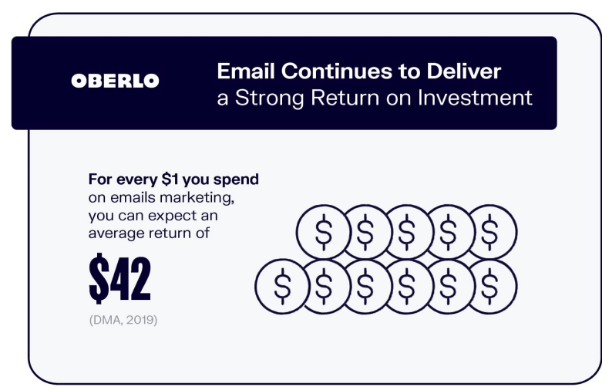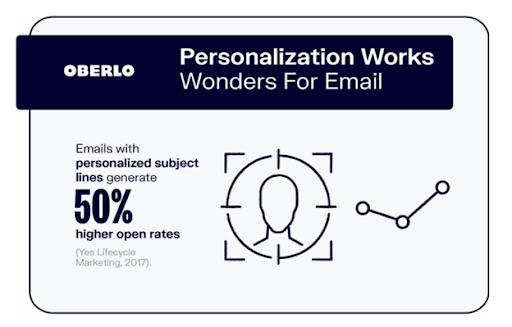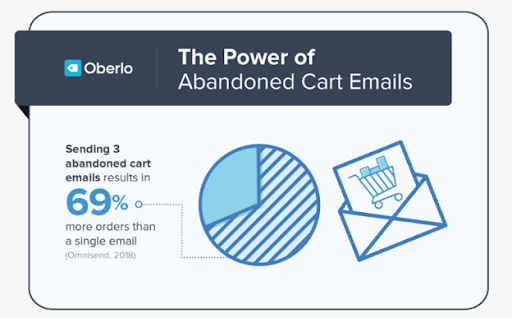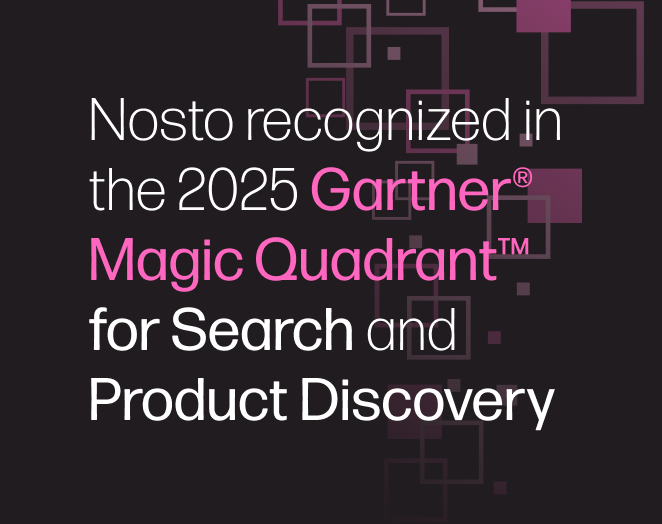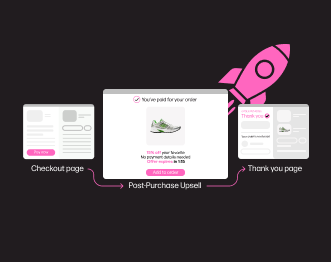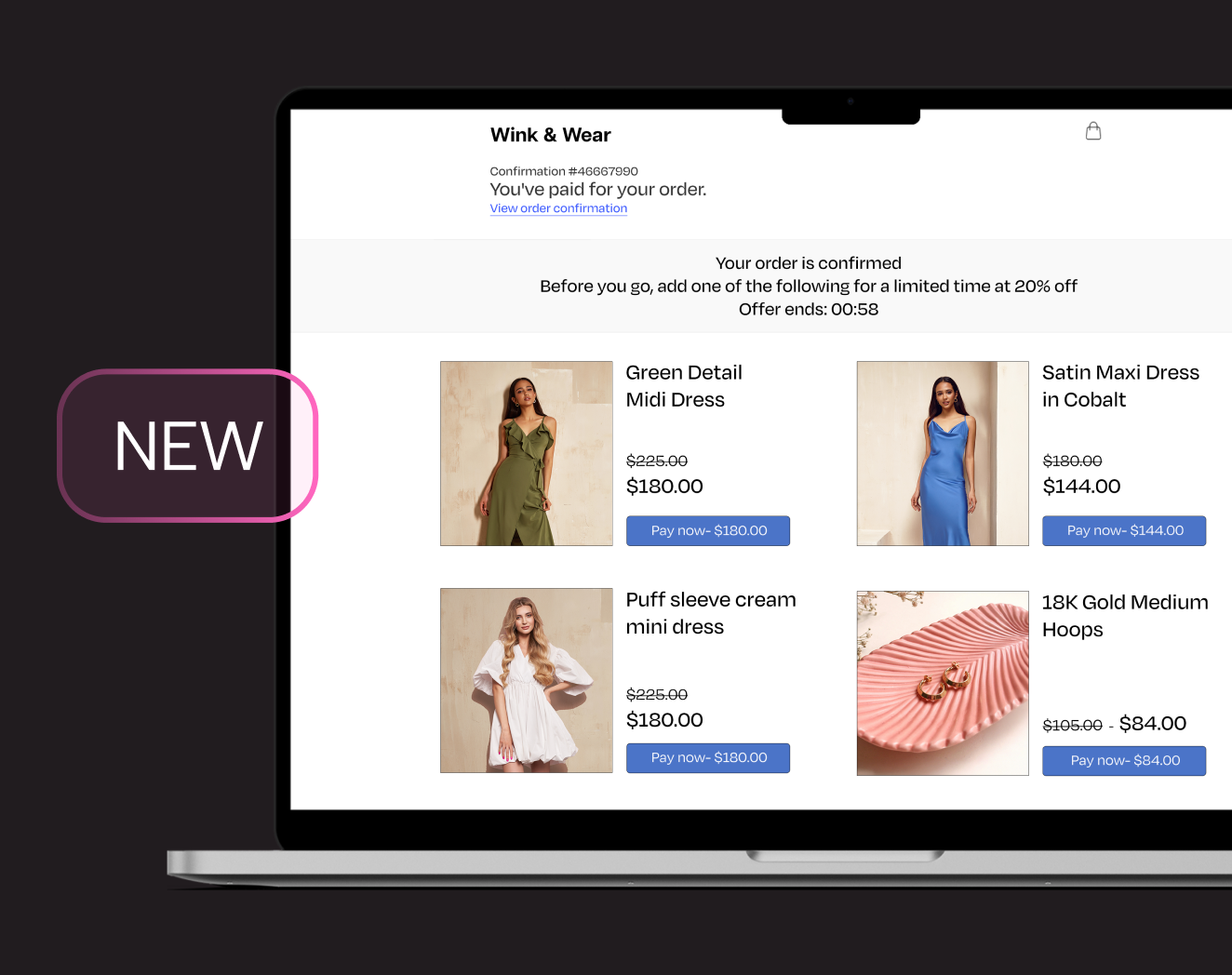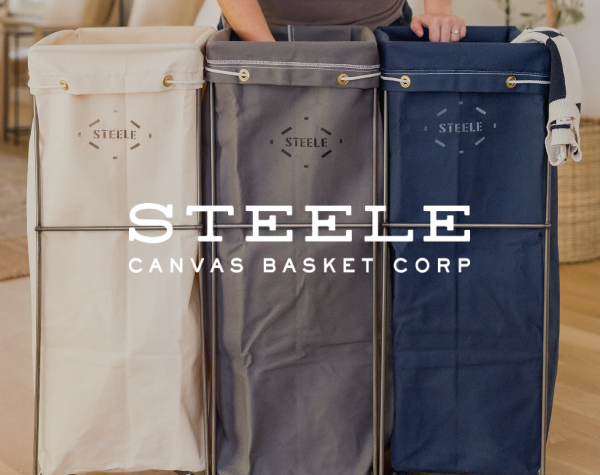Email Marketing for Better ECommerce Conversion Rates: What You Should Know
Email marketing is a conversion channel with the potential to offer brands the best ROI out of any other marketing strategy. According to a recent study, email marketing has a return on investment ratio of 1:42—making it the core of any successful multichannel marketing campaign. This article gives tips on how to optimize email marketing eCommerce conversion rate.
But if you don’t have a clearly defined strategy, your email list will remain just that: a list of email addresses and nothing more.
In this post, we’ll share what you need to know about email marketing eCommerce conversion rates.
Let’s get down to it.
1. Email Marketing 101: Elements of the Perfect Email
A marketing email has basic elements that you need to be strategic about. The first one is a relevant and specific subject line. A good subject line is specific and addresses the reader directly. Avoid being too general and using clickbait wording for your subject lines.
“When you have written your headline, you have spent eighty cents out of your dollar.” – David Ogilvy
Secondly, emails should address the reader by their name and personal characteristics (more on this later).
Thirdly, have a clear call-to-action. What do you want your reader to do when they’re done reading?
Also, be human in your email. Use a conversational tone and make it read as though you’re talking to a friend in your favorite coffee shop.
Lastly, branding is another important consideration. Don’t make it hard for the recipient to figure out who the email is from. Your brand and its scope should be obvious through your logo, color scheme and content.
2. Segmenting Your Email List
Segmentation is splitting an email list into categories based on demographics, history, interests and more. A good segmentation strategy uses data analysis for targeted conversions.
Segmentation ensures that you’re sending a message that will resonate deeper with a specific group of people.
Ask yourself the following questions when segmenting your email list:
- Is this person a repeat customer?
- Is there a specific product type or category this customer buys or browses on my site?
- What is their browsing history?
- Do they fall into a specific demographic group based on gender, age, location or other factor?
Answering these key questions will form the basis of how to segment email lists. Then you can begin creating customized messages for those targeted groups. More on this in the next section.
3. The Art of Personalized Emails
A properly personalized email leaves nothing to chance. When it pops up in the recipient’s inbox, it shouldn’t leave them wondering how the message pertains to them. Tailor the email message with a specific conversion action in mind and gather as much relevant data as possible about each lead on your list.
Constructing specific buyer personas on the people you want to convert on your site will help in crafting the right message in your emails. At the same time, you should remember to bring your brand personality to life in a way that will help strike an immediate connection with the reader.
Most importantly, ensure that these personalization techniques go beyond just a name. Some tips to use here include:
- Using each customer’s local time and language
- Asking them relevant questions based on their profile
- Sending them a list of suggested products they may be interested in based on their profile and/or past purchasing behavior.
4. Emails That Get Results
Now, let’s dive into important email types you should know and how to use them in your eCommerce business for increased conversions.
I. The Win-Back Email
The win-back email series is targeted at reactivating inactive subscribers or customers. To work, this type of email needs to have a solid structure. I recommend using a 4-part email drip campaign with an overarching goal of re-engaging the customer. Here are the four emails broken down:
Win-back email one
This should be a reminder email. With this email, you’re putting the brand back on the reader’s radar. A typical subject line could include: “We haven’t seen you around lately. All good?”
This subject line is more likely to elicit a response from the subscriber because it poses a question and demonstrates concern. A corresponding call-to-action increases the chances of getting a favorable response. Examples include: See our latest blog posts, Pick up where you left off, etc.
Win-back email two
The second email should carry an incentive, especially if the subscriber didn’t take any action with the first one. For example, you could send a special discount email to entice them to come back. A good subject line could be something like: “How About 20% Off Your Next Purchase?”
Win-back email three
The third email should let the reader know that you’re giving them a last chance not to miss out on a good deal. Of course, it should be done courteously and politely. Offer the same incentive as above, but this time introduce a specific timeline to create a sense of urgency.
Win-back email four
This is the “Goodbye” email. Here, let the inactive person know you care about them but you would rather not keep adding to the unread messages in their inbox. Then, offer them a chance in the call-to-action to keep receiving the emails.
II. The Cart Abandonment Email
Research from 2016 indicates that 68.8 percent of online shoppers abandon their carts halfway through completing a purchase. More interestingly, according to 2015 data, 29.9 percent of follow-up email clicks usually lead to recovered purchases.
After segmentation, you may have a segmented category of people who’ve abandoned their carts. In this case, you could send them a free shipping coupon to motivate them to complete the purchase.
III. The Discount Email
We all love discounts and this type of email can significantly boost your conversions.
First, use a subject line that incites curiosity. Also, avoid cliche words like “click to open.” Honesty is the rule of the game, so strive to deliver genuine value for your reader. Make it clear upfront that opening the discount email is worth their time.
Examples of subject lines include:
- A gift from us to you…
- How about some major savings this month?
- This is how we say “Thank You.”
Cut out the fluff and get to the offer ASAP. Being long-winded in an attempt to sound witty or entertaining often doesn’t pay off. As discussed earlier, your email should carry a sense of urgency.
IV. The Curated Email
The curated email technique is an important one. It helps you stay top of mind with readers while offering them real value, thereby building your brand’s authority and thought leadership. Above all curated emails are a good way to share resources and valuable findings with subscribers.
There are two main factors to consider when selecting the content for curated emails:audience value and business alignment. The content you send out should be aligned with what you’re offering while still being as valuable as possible to readers.
Incorporate user-generated content as part of your curated email newsletter for greater relevance and personal appeal.
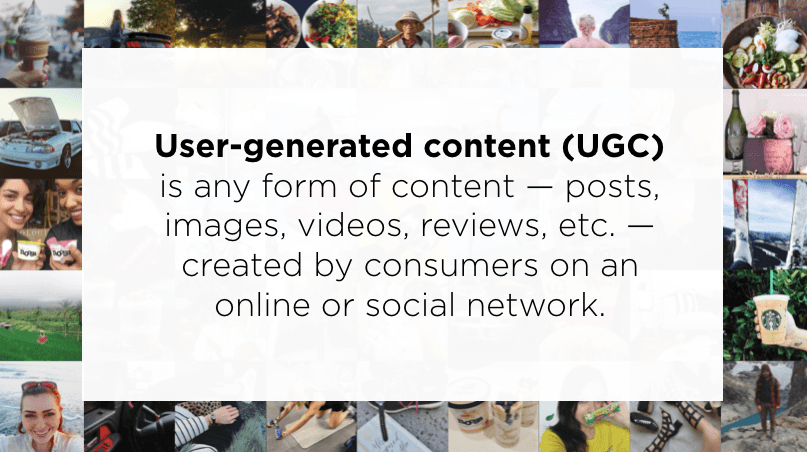
V. The Thank You Email
This type of email is sent as a follow-up after the customer or subscriber has taken an intended action. For example, maybe you asked your reader to subscribe to your newsletter or purchase a product.
These emails are a form of reassurance that the customer will receive what they’ve asked for. They should thus be sent as soon as the customer or subscriber has performed the trigger action.
Follow these email adaptation techniques to customize your email marketing campaigns and align them with your buyer personas. That way, even if you’re using autoresponders, your email will sound more personal. It should have the following components:
- Contain specific details of the trigger action
- Mention the name of the customer
- Use the appropriate greeting
- Appreciate the customer for taking the desired action
- Be positive and optimistic
- Use an appropriate closing
Depending on your approach, these emails can be an opportunity to upsell. But remember, the primary goal is to thank your reader—that should be evident from the opening subject line to your closing sentence.
Ready to Turn Your Email List into a Conversion Machine?
Email marketing can help to improve eCommerce conversion rates. As an online retailer, email marketing should receive a lot of care and attention. Put to work the above strategies and watch as your conversions take an upward turn. Email marketing is about creating the right experience for recipients by matching your content to their unique needs.

